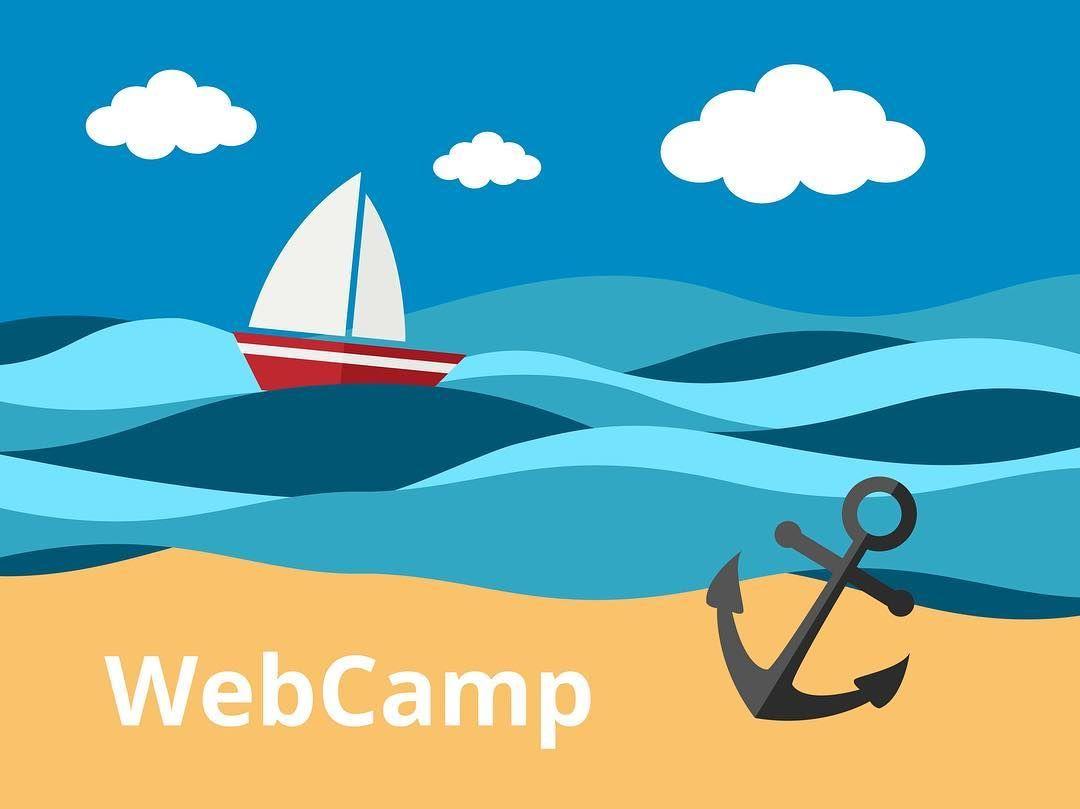July 29-31, an annual WebCamp Conference took place at the awesome and welcoming Odessa city. With its unceasing information flow, relevant use cases from web-development, project management and business development, three days of this meetup were absolutely unforgettable! Sure enough, Eltrino team could not miss the buzz and our representatives got to the Front-end, PHP and Bizdev flows. Have we picked up any useful tips from this event? Wait for it!
 After the refreshing morning coffee, Julie Krasnienko (Business Development Director, Looksery, Inc.) started off with inspirational cases from her experience at Looksery. Actually, all Ukrainian IT community is really proud of the success of this prominent project. If you still haven’t heard of Looksery, let us share its success story with you. Looksery is a US-based company that focuses on face tracking, face modification and bandwidth optimization technologies for real-time video. In September 2015 it was purchased by Snapchat for $150 millions. But from the early beginning Looksery development started in Odessa, Ukraine. In 2014 these daring and creative guys launched prosperous Kickstarter campaign and exceeded their fundraising goal just within half a year. Also, in 2014 they gained the Best Innovative Startup Award at the SVOD annual conference in the Silicon Valley. Looksery is literally a unicorn in the Ukrainian startup area.
After the refreshing morning coffee, Julie Krasnienko (Business Development Director, Looksery, Inc.) started off with inspirational cases from her experience at Looksery. Actually, all Ukrainian IT community is really proud of the success of this prominent project. If you still haven’t heard of Looksery, let us share its success story with you. Looksery is a US-based company that focuses on face tracking, face modification and bandwidth optimization technologies for real-time video. In September 2015 it was purchased by Snapchat for $150 millions. But from the early beginning Looksery development started in Odessa, Ukraine. In 2014 these daring and creative guys launched prosperous Kickstarter campaign and exceeded their fundraising goal just within half a year. Also, in 2014 they gained the Best Innovative Startup Award at the SVOD annual conference in the Silicon Valley. Looksery is literally a unicorn in the Ukrainian startup area.
At first, people gone mad from Looksery app selfies, now they are high on Snapchat customized videos. What should we say.. since even celebrities got infected with their dog-face selfie virus.
Julie releases product marketing campaigns and manages relationships with partners. Before starting her way at Looksery, Julie managed social messenger with 20M monthly unique users. Impressive!
At Webcamp Julie was unveiling secrets of how selfies promote business, how to become a trendsetter and skyrocket popularity of your app up to the most uploaded applications in US.
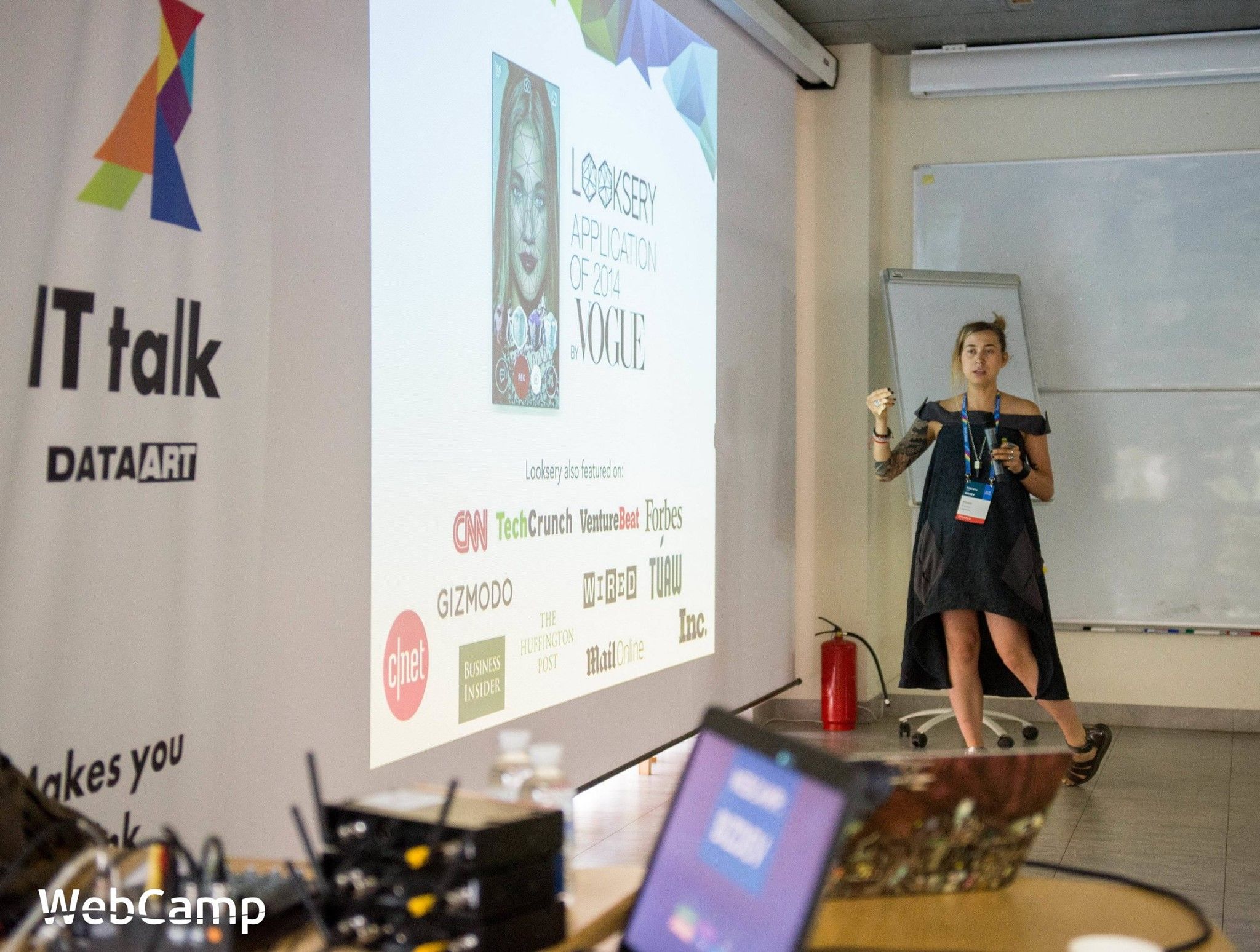
Looksery it’s not just a B2C dog-face and wreath selfies. They earn money from B2B technology licensing. Now, groundbreaking facial tracking technology is hot for OEM’s, brands, healthcare and make-up companies, call centers, and other industries. A lot of companies hold an interest to such technology, but not all of them are ready to pay $500K for it. In any case, their customer flow is organic and seems to be infinite. But Looksery team has started selling and promoting these processes earlier than the technology was launched in the stable version and it’s one of the secrets of their stunning success. This project was so spectacular that it was noticed by CNN. Being spotted by the CNN show was Looksery’s happy accident and winning ticket.
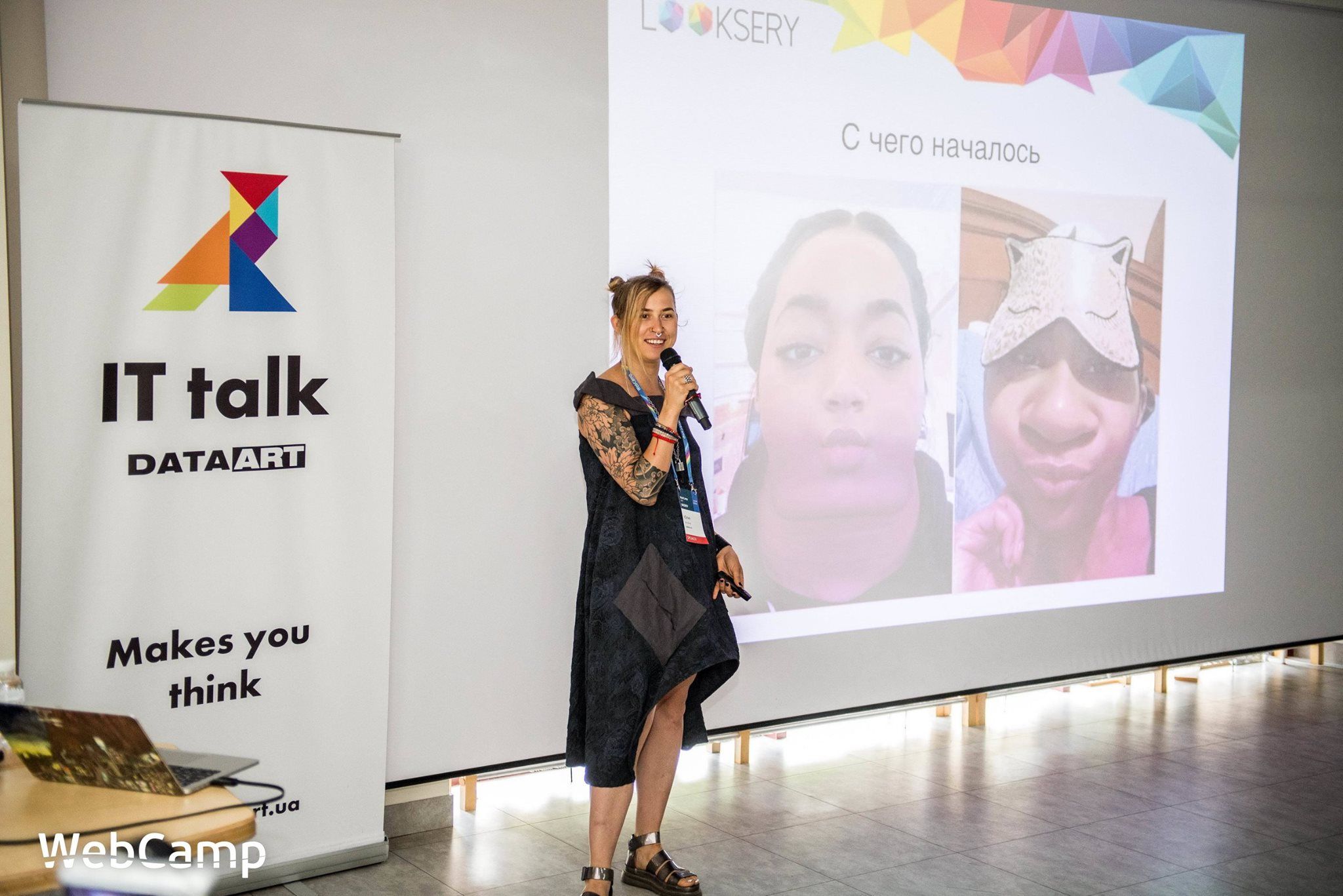
The second major secret is: no one is proof against a stroke of luck but your project has to be ready for it!
You have to tell your clients a real and clear story of your product from the very beginning. If you can’t demonstrate your technology or app in action right now, you can create a video content that demonstrates its future features.
Work on content strategy, make articles about your product for industry media sources, attend events, be proactive at expos…put your heart and soul into the project you want everyone to know about.
Grow your own in-house sells. Cool lifehack from Looksery is to employ account (office) managers and teach them to sell. As a rule, they have high language and interpersonal skills, but they usually underestimate their capabilities, so they don't have seller’s stereotypes, which makes them more flexible and open-minded.
Andriy Mospan from KeepSolid touched upon the topic of pricing. Is it true that the product is worth exactly as much as you pay for it? How to understand how much you can request for your product? Can it be a bad bargain? You can offer classic pricing strategies:
- Lowcost
- Standard
- Primium
Pricing methods:
- Selfcost
- Me too
- Willingness to pay
- Price segmentation
- Cannibalization
Or try more creative ones:
- Reference price (based on the average market price or competitors prices)
- Name your own price NYOP (buyers suggest a product’s price and transaction occurs only if a seller accepts this quoted price. In average, people pay 10% more or less than the real price would be)
- Pay what you want PWYW (you can set floor price. Buyers are attracted by permission to pay whatever they want, for reasons that include eliminating fear of whether a product is worth a given set price and the related risk of disappointment)
Also, Andriy highlighted Buyer's remorse and paying mechanisms eliminating fear of it, such as subscriptions, discounts and getting more for the same price. People tend to spend money online easier, so you need to maximize prepayment amount.
Alex Ivanitsa (from Readdle) was talking about strategies of creating a product at the early stages, on the ways of analyzing user behavior and monetizing it. To create a great product you need to understand how your user is going to actually use your app or software. It’s THE priority. You came up with some idea and you know how your product should function but users tend to have their own vision and may use it differently. Regular user surveys is your key to success.
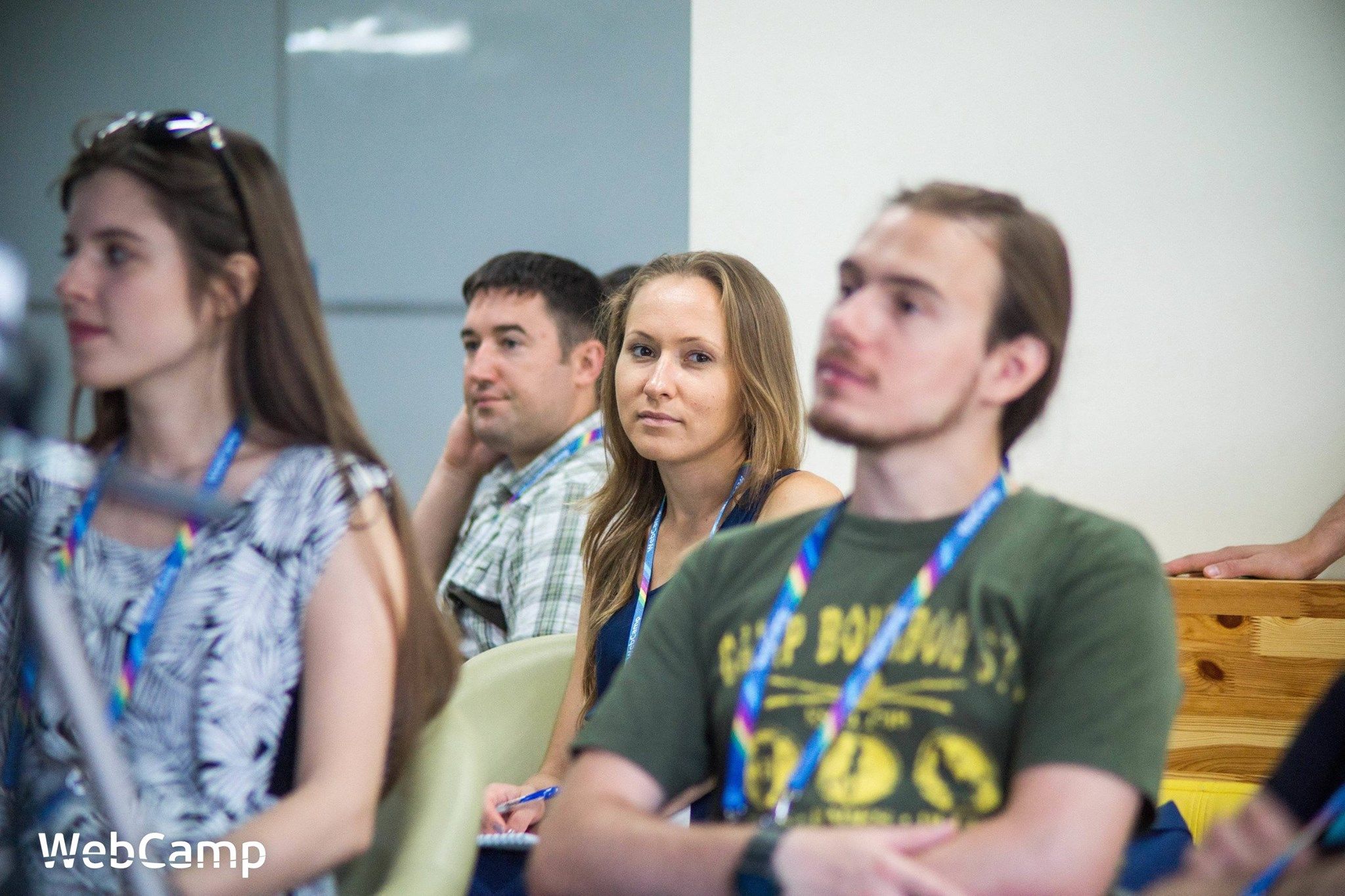
Alex Bornyakov (CEO at VertaMedia) was covering marketing peculiarities of US. US audience are great networkers. They are known for being incredibly sociable, for sharing useful contacts and helping each other in solving their issues just by connecting with the right people in the right time.
Readers and Experts. US educational system is narrowly specialized. On the one hand, it is considered highly beneficial, since people there achieve the deepest knowledge of their field of studies. On the other hand, it may seem a little strange that people from one department are not aware of the processes in other departments.
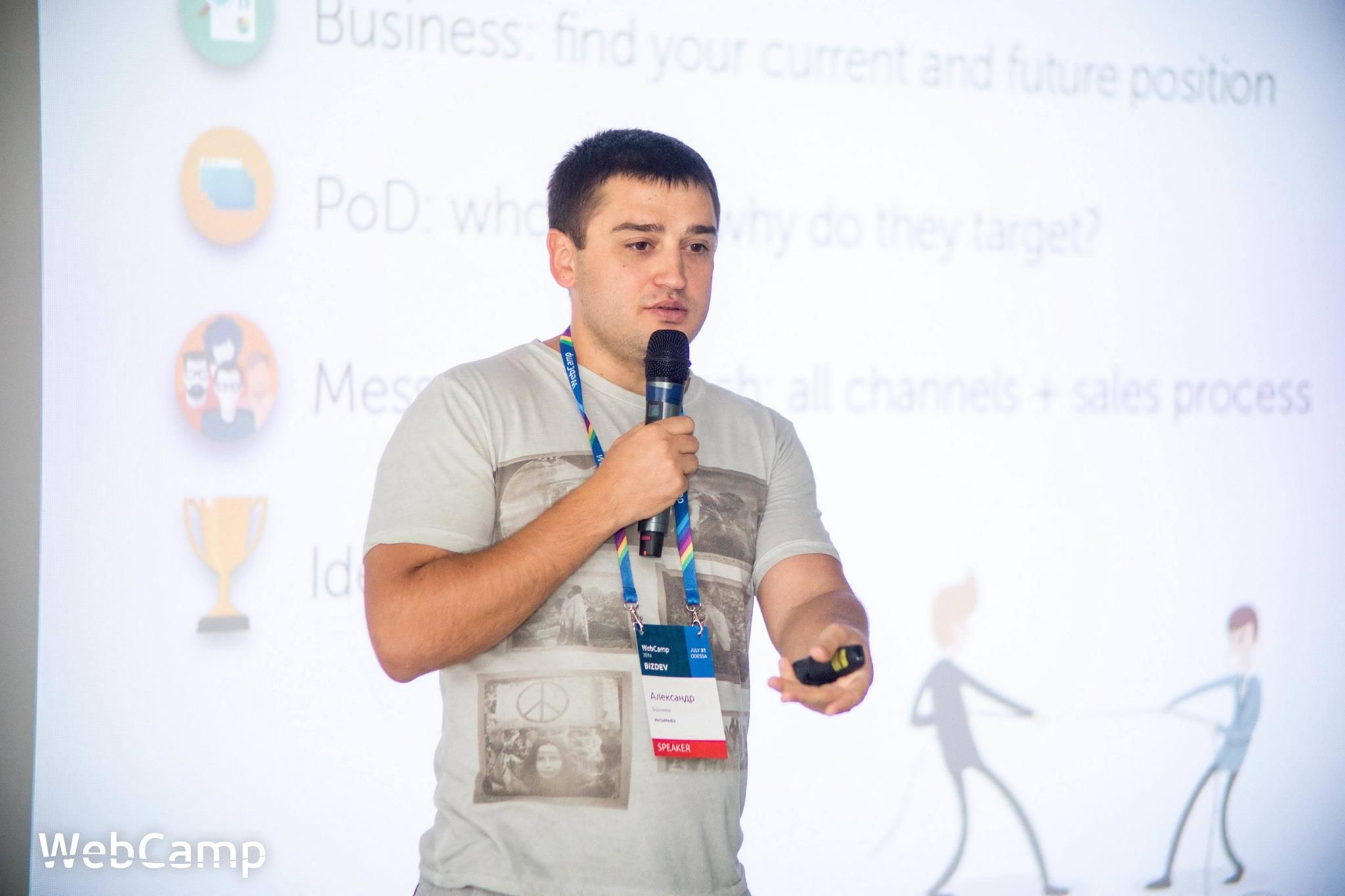
Targeted. They are proactive at exhibitions, as they consider expos to be perfect places for concluding agreements. If they call you 10 times a day it may seem somewhat annoying, but it’s just their straggling to aim the target. So, if you want to cooperate with US ambassadors, you need to play for their rules.
Open-minded. US audience is unprejudiced. They accept all information you are sharing with them is all good faith, but do not ever dare lying to them. Seriously, you better be absolutely fair! If you lie once, you can lose credibility forever.
And some must haves. Product analysis:
- Strong/Weak Opportunities
- Threats analysis
- Product roadmap
- You vs Benchmark (product features)
- Current sales accents what makes them buy
Marketing and sales:
- Lead gen platforms: proper messaging, reviews
- PR: unite call-to-action news, use platforms
- Sales materials: proper accents, everywhere
- Site: the speaker of your business
General tips for success:
- Define your niche
- Find proof of your uniqueness
- Announce it. Take top sponsorship pack on top events
- Become an expert. Speak, write, discuss
- Locate the way to be “recognized” Talk to market’s opinion leaders
- Become official US company.
Marina Nikitchuk (Business Development Manager at DataArt) was talking about how to sell a dream rather than services.
How to implement Agile in business development - Keith Goldberg (COO, Intersog).
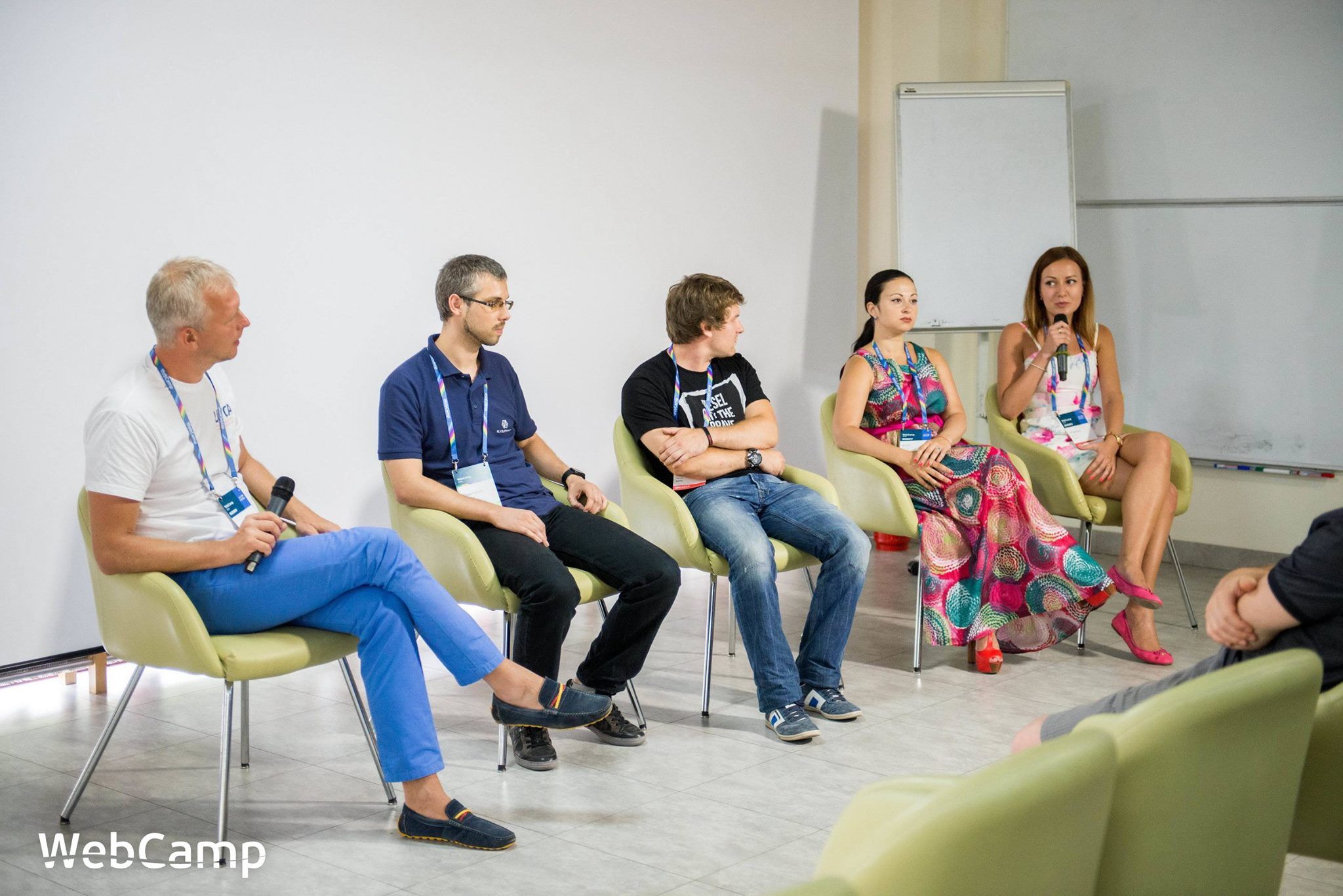
At the end of the BizDev conference all speakers took part in a panel discussion moderated by Andrew Kolodyuk, who is a Founder and Managing Partner at AVentures Capital, author and founder of Divan.tv.
Speakers highlighted next trending sources of lead generation:
- Events
- Networking
- Hackathons.
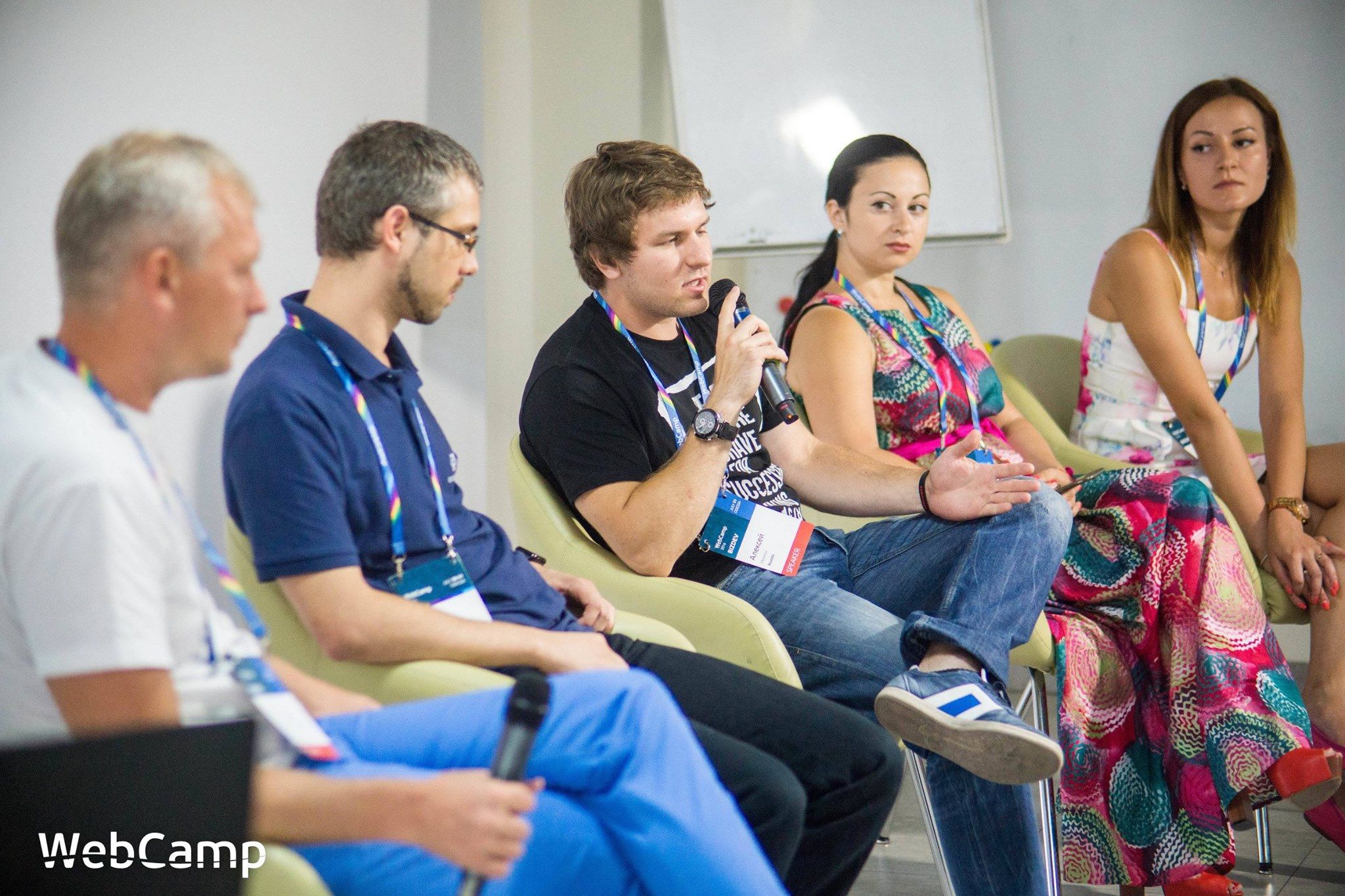
Also, these special guests were sharing fun cases from their experience. The most impressive one was a story of Keith Goldberg from Intersog, who messed up on a grand scale and called all recipients from mailing list “Mr Chan”. For her amusement she got 90% answers for this campaign. It ended up being a fun reason to start the conversation. And now she takes advantage of this trick and sometimes sends out some “erroneous” messages to her potential clients who don’t answer her regular business letters. And guess what... it works! So, next time you are getting ignored by the potential customers you have high expectations on, just text them something like: “Honey, don’t forget to pick up kids after school.”

Phalcon 3 Release of Phalcon 3 LTS. What is new and perspective? Where is Phalcon 2.1.0? Things that should and shouldn’t be expected in the short run. Reasons why Phalcon does not “like” other Frameworks. Where and who should use this framework. Examples of applications where it will work well.
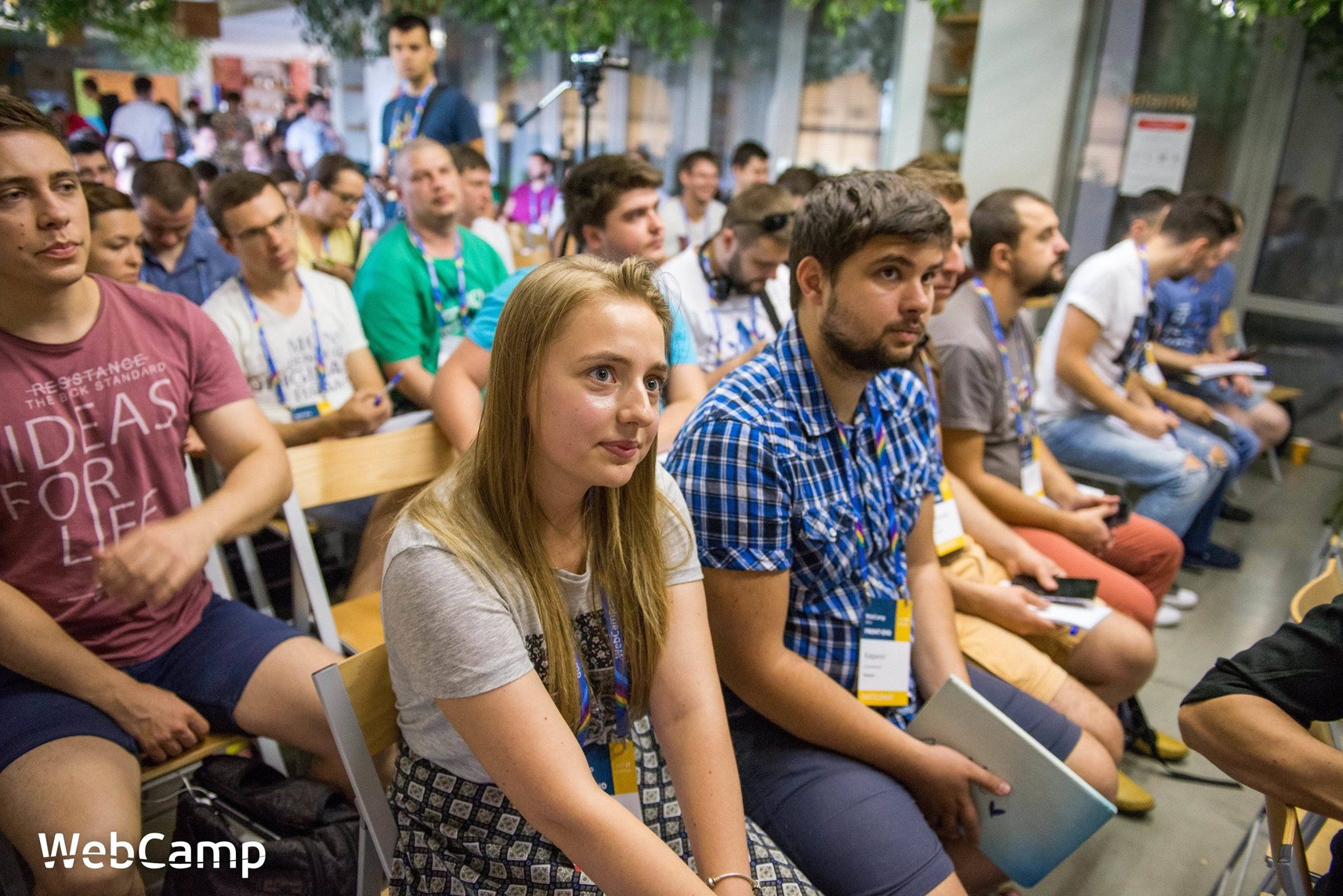
PHP and micro services Micro Service architecture represents the way responsibilities are distributed among the system components for specific functions. First, we tried to understand what it is and what to start with. And then considered the particular development micro services in PHP.
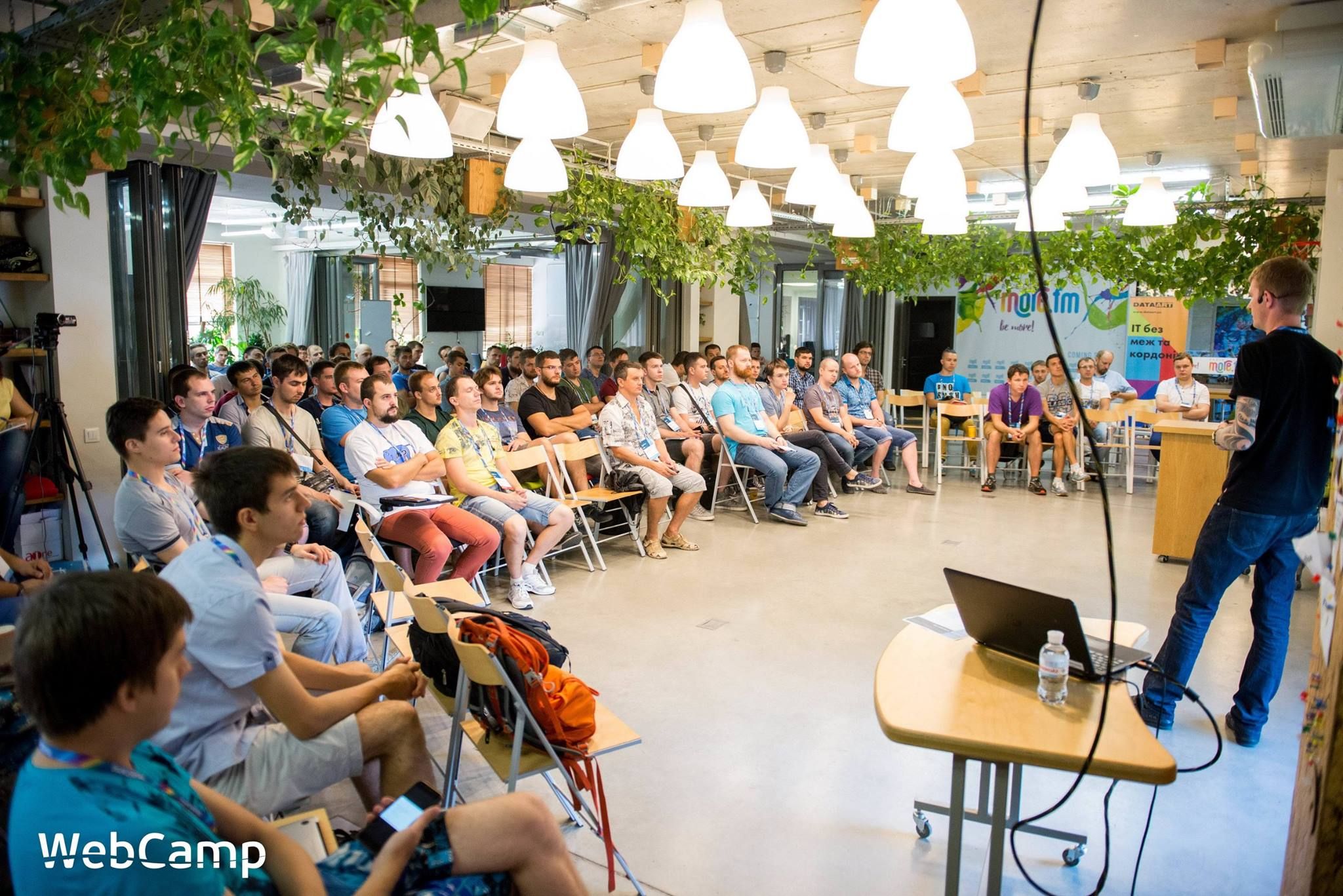
Recipes for Yii2 Each technology has its own characteristics. Keeping that in mind, you can write good code, share it with others without any hesitations and maintain it conveniently. Participants discussed some good ideas for Yii 2, tips and tricks on how to avoid failures, what’s the better way to structure a project and how to implement a modular approach in web development.
PHP at Scale: System Architect Toolbox Building highly scaled distributed systems has always been a challenge and it will always be one. Just deal with it! Today's IT market offers various trends and approaches to development, software production companies promise to move mountains, distributed databases refute CAP theorem on a daily basis, containerization guestbook is now capable of delivering applications to Mars, micro services can be represented as code consisting of a single character, etc. The world of today offers unlimited possibilities with unlimited liability. So what does toolbox consists of modern System Architect? What to take, and what to get rid of? What is good and what is bad? How to scale the system correctly?
BDD in practice Codeception Codeception is a popular framework for testing PHP projects. Starting from Version 2.2 it also allows developing BDD in a manner similar to writing specifications in Gherkin language, and running scripts in the tests form. We found out the difference between BDD and testing methodology as it’s suitable for these purposes Codeception.
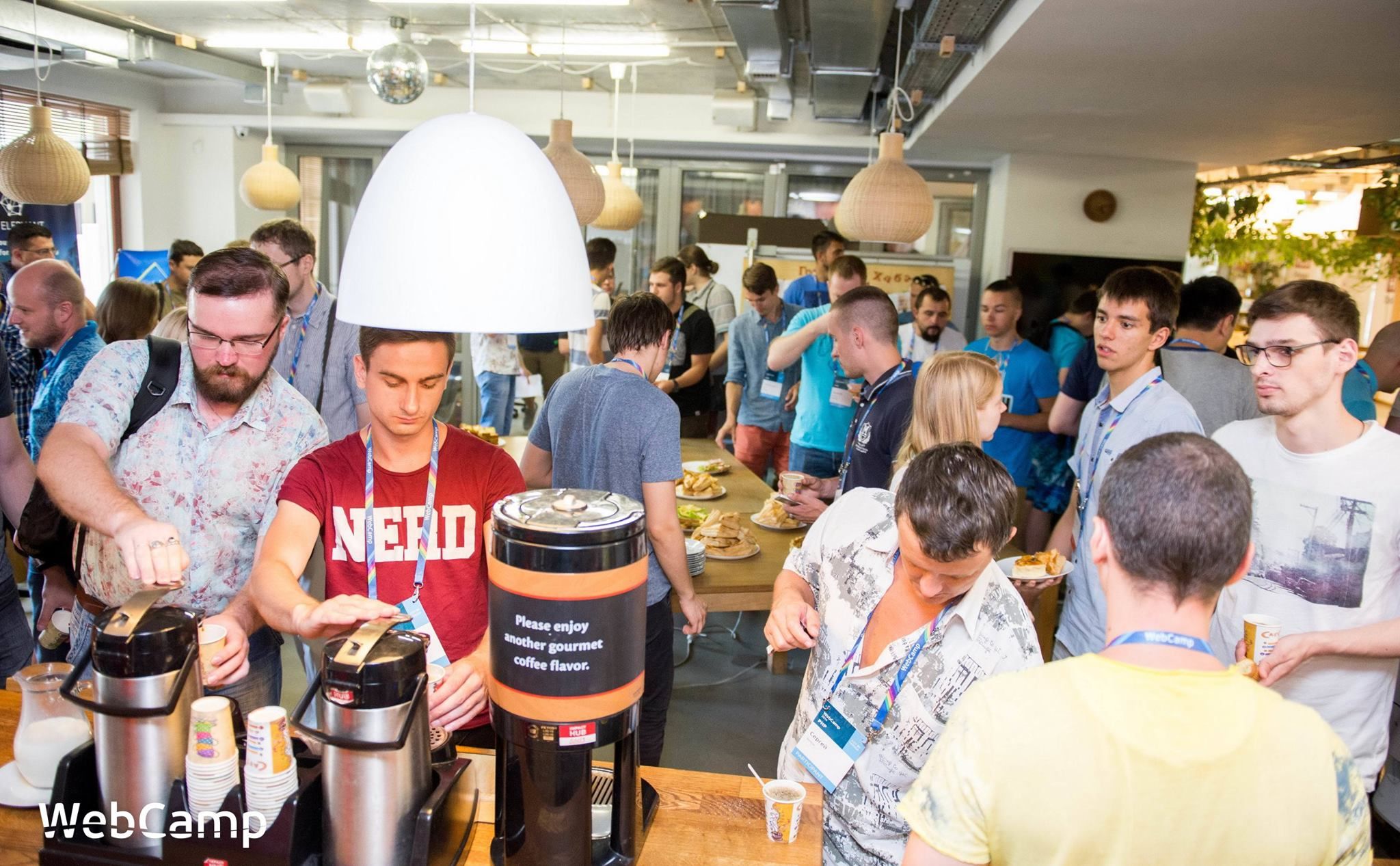
SSO: Who needs it and how to cook it? What are the differences between SSO and OAuth? What are the pros and cons for each option and which one is better to choose? Speakers covered secure authentication and its best practices and the ways to implement transparent "log-in" without redirects: features cross-domain communication.
To sum it all up, it was definitely a good experience. Each of us got inspired by speakers and took some of the worthwhile tips from the amazing Odessa to our minds, computers and offices in Kyiv and we’ll be happy to implement them into our working routine.
